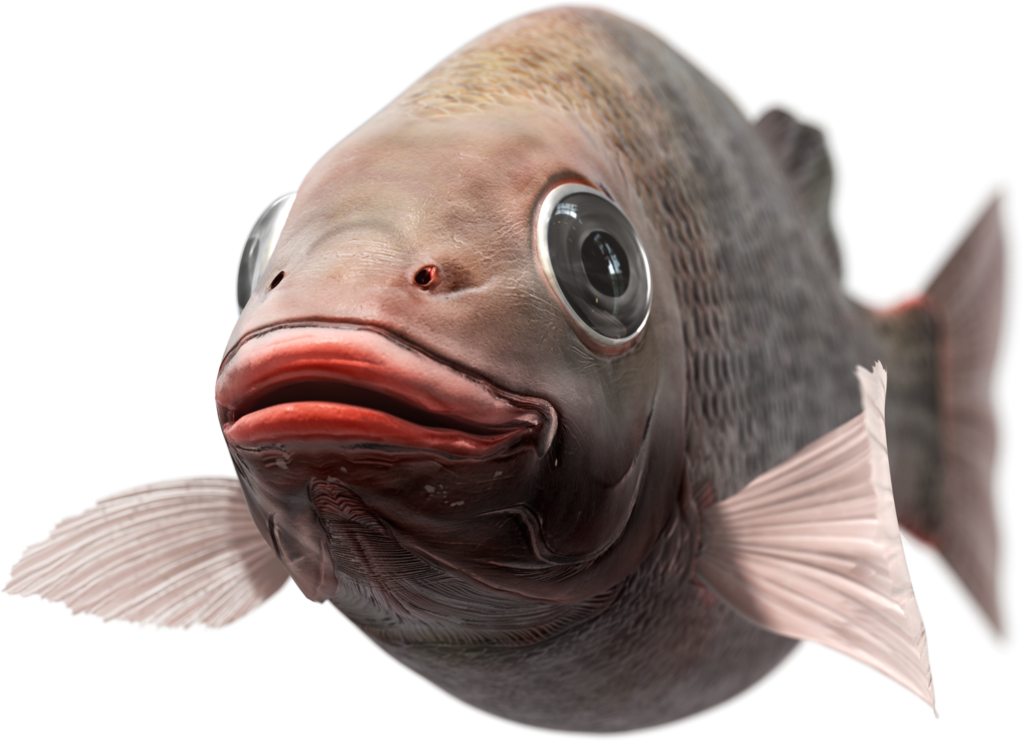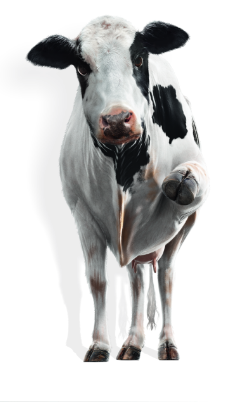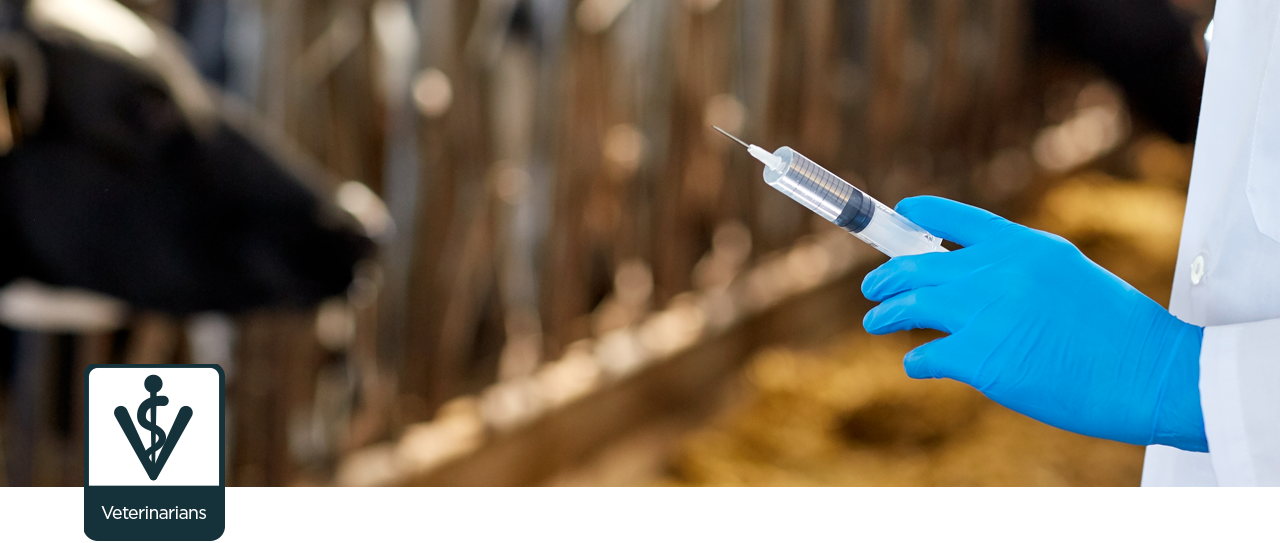Discover dedicated tools designed for you
Antimicrobials were discovered in the 20th century and have made a larger contribution to life expectancy than any other medication. Antimicrobials have transformed human and veterinary medicine.
They SAVE LIVES!
The emergence of resistance is a major concern: medicines that help control and treat animal and human diseases may no longer work tomorrow. Antimicrobial resistance is a major threat to animal health and welfare, food supply and food safety – worldwide.
We need you to act now to preserve
antimicrobial efficacy for tomorrow.
Take the Quiz for Animal Health Professionals
Test your antimicrobial knowledge!
and how it is threatening us?
- Once bacteria are resistant, the antimicrobial agent (or medicine) is ineffective and can no longer help to control or treat diseases. This phenomenon is called antimicrobial resistance (AMR).
- Antimicrobial resistance is a threat to the health and welfare of animals, whether aquatic or terrestrial. Resistant bacteria can circulate between humans, animals and the environment and do not respect borders. It is therefore, a global human and animal health concern.
- Misuse and overuse of antimicrobials in animals, humans or plants is a major factor driving the emergence and development of antimicrobial resistance. Indeed, any inappropriate use of antimicrobials (unnecessary use, use against non-susceptible bacteria or virus, under-dosage, etc.) increases the risk of resistance development.
the headliners
 We all have a role to play, and YOU, as veterinarians or aquatic animal health professionals, CAN HELP. Being in contact with both animals and farmers, you are the frontline on the battle front of antimicrobial resistance.
We all have a role to play, and YOU, as veterinarians or aquatic animal health professionals, CAN HELP. Being in contact with both animals and farmers, you are the frontline on the battle front of antimicrobial resistance.
Together, we need to ensure the responsible and prudent use of antimicrobials in animals to preserve efficacy.
Tackling pathogen resistance to antimicrobials is a priority objective of the World Organisation for Animal Health (OIE). Through its international Standards, the OIE advocates responsible and prudent use of antimicrobial agents – essential to animal health and welfare – by well-trained veterinarians. The key aspects of your role according to these Standards are presented in the following pages.
 When and how should antimicrobials be used?
When and how should antimicrobials be used?
- Only after a clinical examination of the animal(s) by a veterinarian or trained animal health professional.
- Only when necessary taking into consideration the OIE List of antimicrobial agents of veterinar y importance.
- Only in addition and never in replacement of good animal husbandry practices, hygiene, biosecurity and vaccination programmes.
- Only by making an appropriate choice of antimicrobial agent based on clinical experience and diagnostic laboratory information when possible.
- Always in addition to detailed information on treatment protocols and withdrawal times.
 How to choose the appropriate antimicrobial?
How to choose the appropriate antimicrobial?
 Take into account:
Take into account:
- Farm records of previous antimicrobial use and epidemiological history of the farm.
- Clinical experience and diagnostic insight.
- Diagnostic laboratory information when available (culture and sensitivity testing).
- Pharmacodynamics (activity against pathogens involved).
- Pharmacokinetics (tissue distribution, efficacy at infection site).
- The OIE list of antimicrobials of veterinary importance when choosing your treatment.
What to do if first-line treatment fails?
- Second-line treatment should be based on results of diagnostic tests including sensitivity testing.
- In the absence of test results a different class or sub-class should be used.
Can combinations of antimicrobials be used?
- Only if supported by scientific evidence.
 Appropriate use & prescriptions
Appropriate use & prescriptions
What should be written on the prescription for antimicrobials?
- Dosage regimen (dose, treatment intervals, duration of treatment).
- Withdrawal periods for meat and milk.
- Amount of antimicrobial (to be) provided, depending on dosage and number of animals.
- Labelling of all veterinary drugs supplied.
When is extra-label or off-label antimicrobial used allowed?
- In agreement with national legislation.
- When appropriate registered product isn’t available.
- With client informed consent.
It is the veterinarian’s responsibility to define the conditions of responsible use including the dosage regimes, route of administration and withdrawal period in these cases taking into account recommendations of the OIE List.
 Train yourself and raise awareness of your clients on AMR
Train yourself and raise awareness of your clients on AMR
Why?
To help keep your knowledge up-to-date and to ensure implementation of good practices of
antimicrobial use.
About what?
- Information on disease prevention and management.
- The ability of antimicrobials to select for resistance, and the importance for human and animal
health. - The need to observe responsible and prudent use recommendations.
- Appropriate storage conditions and proper disposal.
- Record keeping.
What guidelines should be developed?
Veterinary professional organisations should develop species-specific clinical practice recommendations for the responsible and prudent use of antimicrobials.
 Data recording
Data recording
What data should be recorded by the vet?
- Quantities of antimicrobials used per animal species.
- Details of all antimicrobials supplied to each farm.
- Treatment schedules (including animal ID and withdrawal period).
- Antimicrobial susceptibility data.
- Comments concerning the response of animals to treatment.
- Adverse reactions including lack of response due to antimicrobial resistance.
 For more details, refer to the OIE international standards:
For more details, refer to the OIE international standards:
Article 6.9.6.
Responsibilities of veterinarians of the OIE Terrestrial Animal Health Code.
Article 6.2.7.
Responsibilities of veterinarians and other aquatic animal health professionals of the OIE Aquatic Animal Health Code.
OIE List of antimicrobial agents of veterinary importance.

